Iya, Japan’s Most Secretive Valley
Buried in lush forests and hard to access with public transportation, this territory on the island of Shikoku is an invitation to rest.
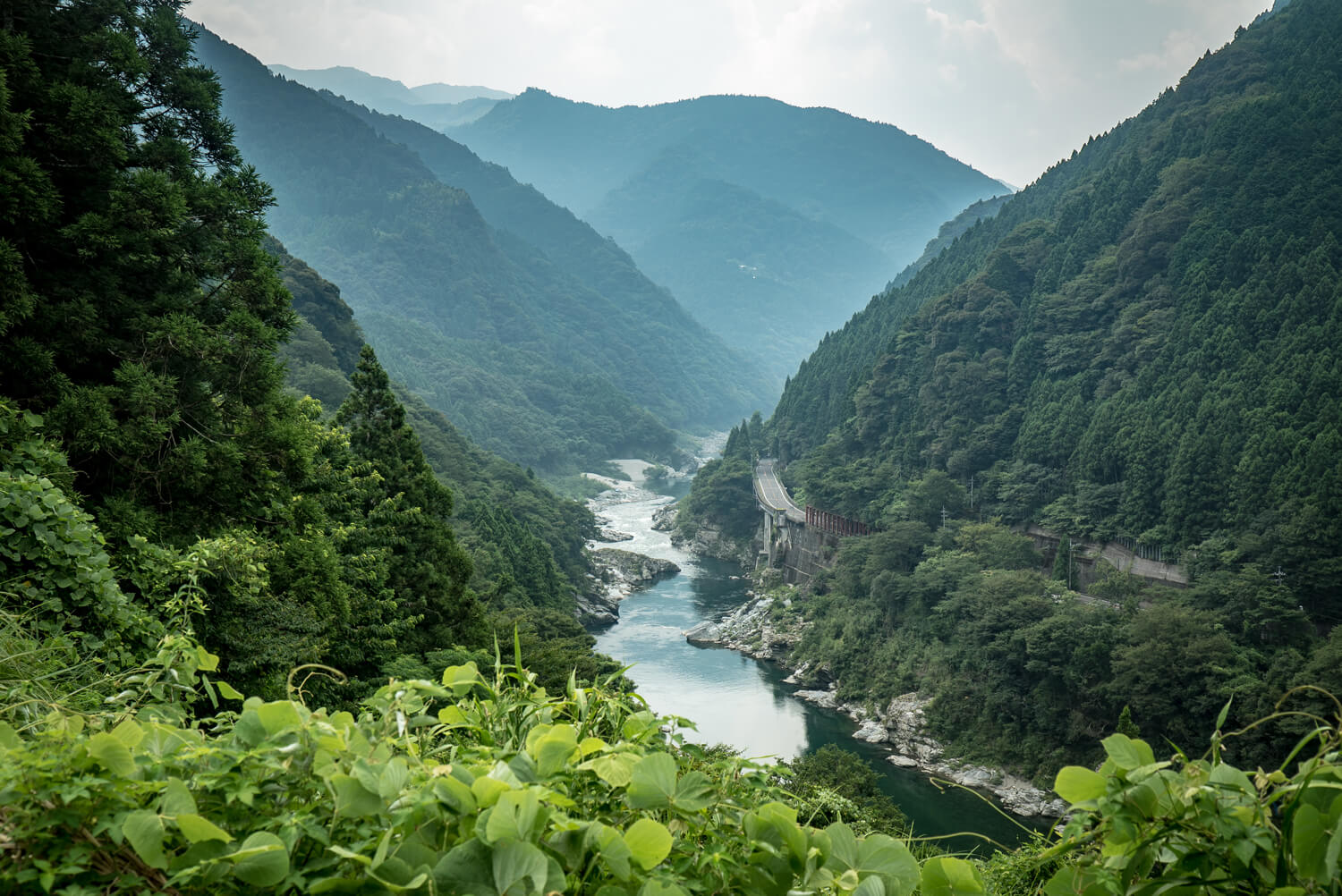
© Clémence Leleu
Located in Tokushima Prefecture on the island of Shikoku, the smallest of the four main islands of the Japanese archipelago, the Iya Valley is one of the three hidden valleys of Japan (alongside Shiiba in Miyazaki and Shirakawa-go in Gifu). With its small single-track roads winding through coniferous forests, villages that seem to be hanging off the mountainside, and deep torrents flowing down the valley, it retains its image of a sanctuary. At the end of the 12th century, Iya was the place of withdrawal of the Heike clan, who, after fighting in vain for power against the Minamoto clan, found refuge in this place so difficult to access.
To the west, sculpted cliffs and suspended bridges
Today, clan war is in the distant past, but a fierce desire to escape the frenzy of the big cities persists, making the Iya Valley the perfect base for those wishing to discover one of the most mysterious places in the archipelago.
The Oboke and Koboke Gorges, surrounded by cliffs sculpted by water and wind, with deep emerald green water that stretches for more than eight kilometres, make a perfect entry point into the valley.
Next, head west of Iya to Nishi Iya, easily accessible by bus, where you will find the Kazurabashi bridges, suspended over the rivers. Initially thirteen in number, there are now only three, the Iya-Kazurabashi bridge being the most famous. At 45 metres long and 14 metres high, it’s a must-see for thrillseekers.
To the east, charming villages and hot springs
While to the west, the Iya Valley is now a little more touristy thanks to its access facilities, the eastern side of the island, Higashi Iya, has remained much more wild. This is for good reason; visitors have to travel a long time on narrow roads to get there, in their own vehicle, because here, no buses or no trains circulate.
Here you will find typical villages such as Ochiai-Shuraku, with houses built between the eighteenth century and the thirties. If you then take route 439, you will plunge into the heart of the valley, untamed and lush, below the Iya river, your faithful travel companion.
Hot springs, loved by the Japanese, punctuate the excursion, like those at the hotel Iya Onsen. Its baths below a cliff are accessible by a small cable car, allowing visitors to relax in the warm water with a breathtaking view of the surrounding river and nature.
Finally, all 1955 m of Mount Tsurugi will delight hikers, especially in the summer. The heart of the valley remains perfectly temperate when the archipelago is thrust into an almost stifling heat.
Iya Valley is accessible by train from Tokushima, where an airport serves the biggest cities of the country. Once on site, renting a car is highly recommended.
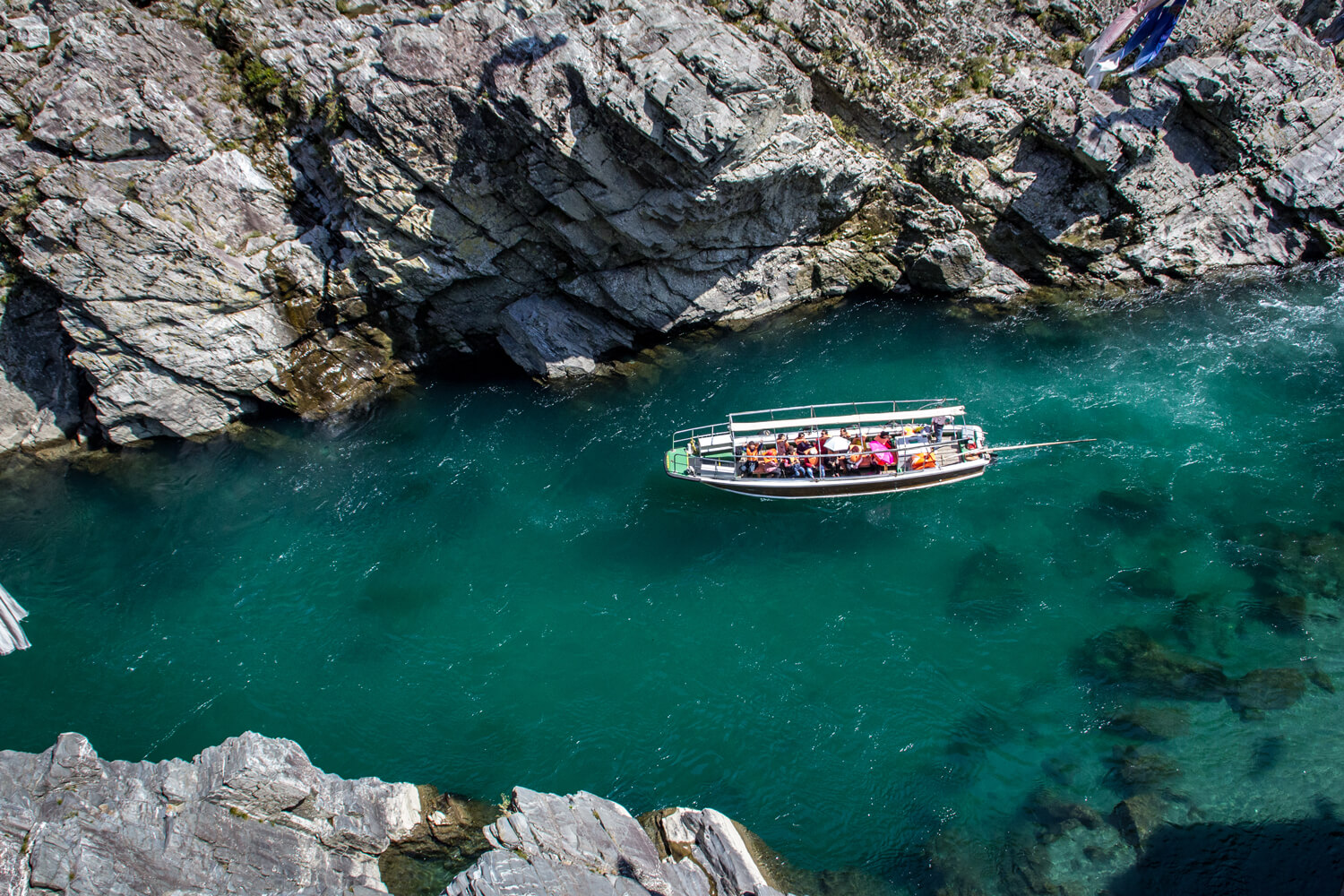
© Clémence Leleu
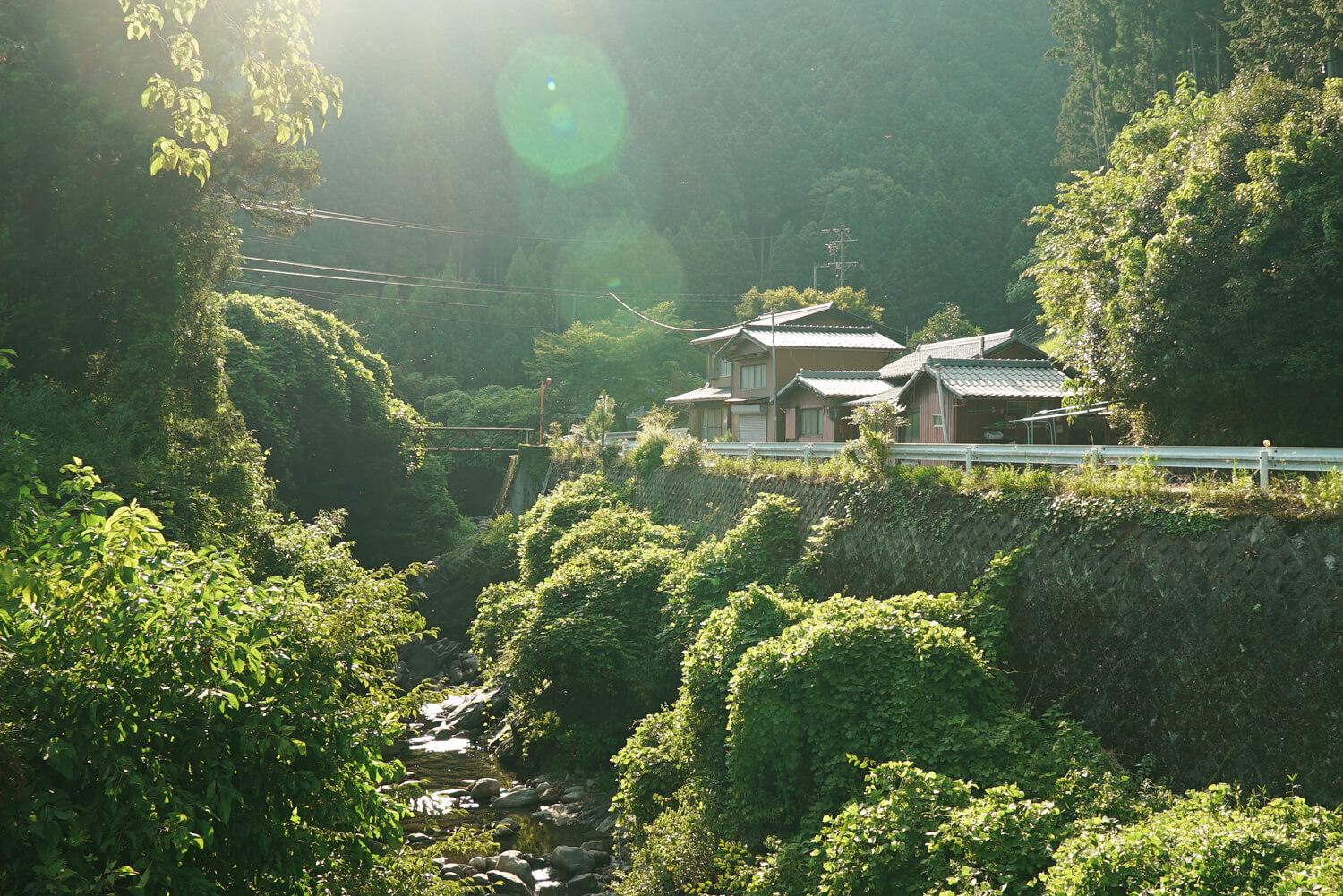
© Clémence Leleu

© Clémence Leleu
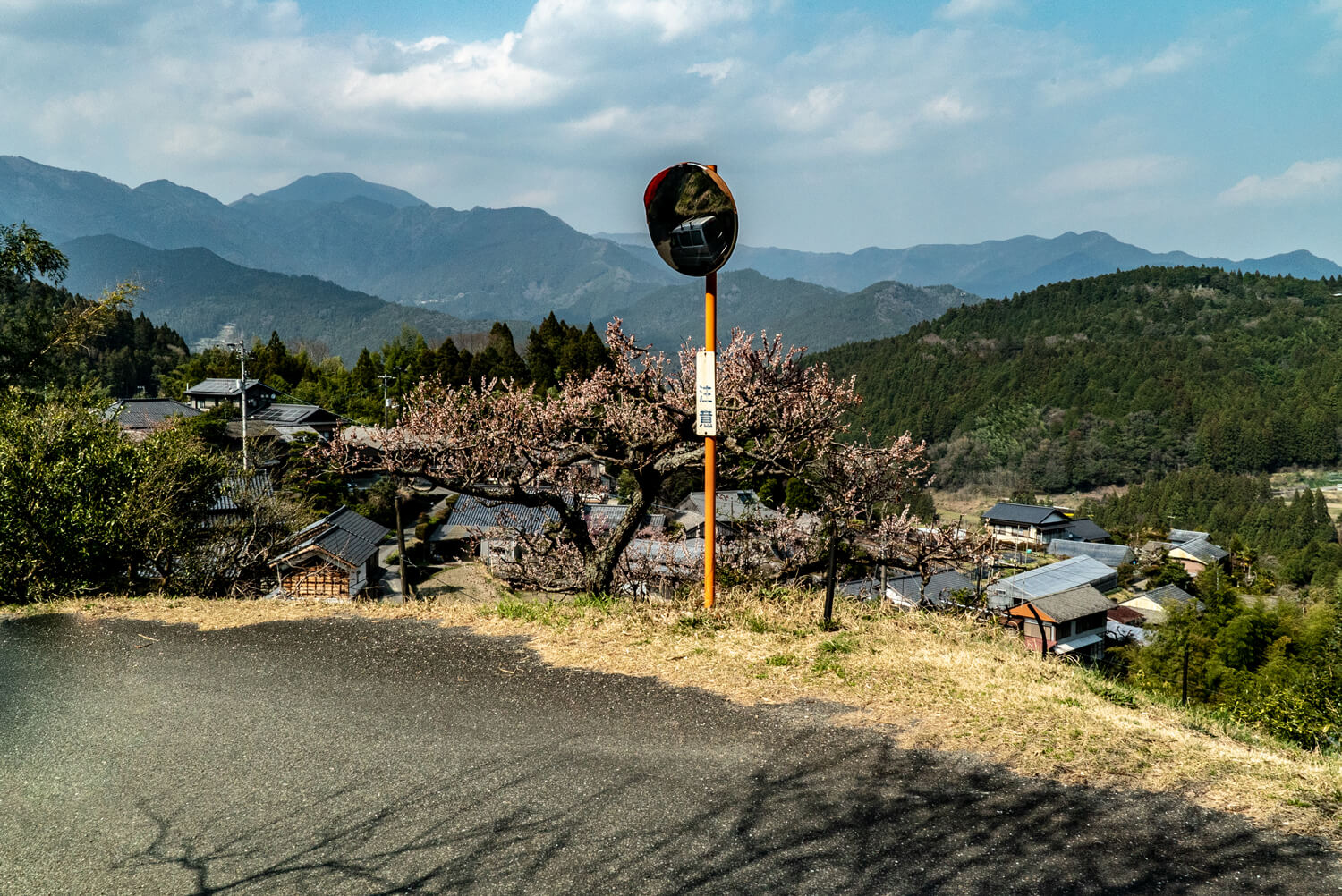
© Clémence Leleu
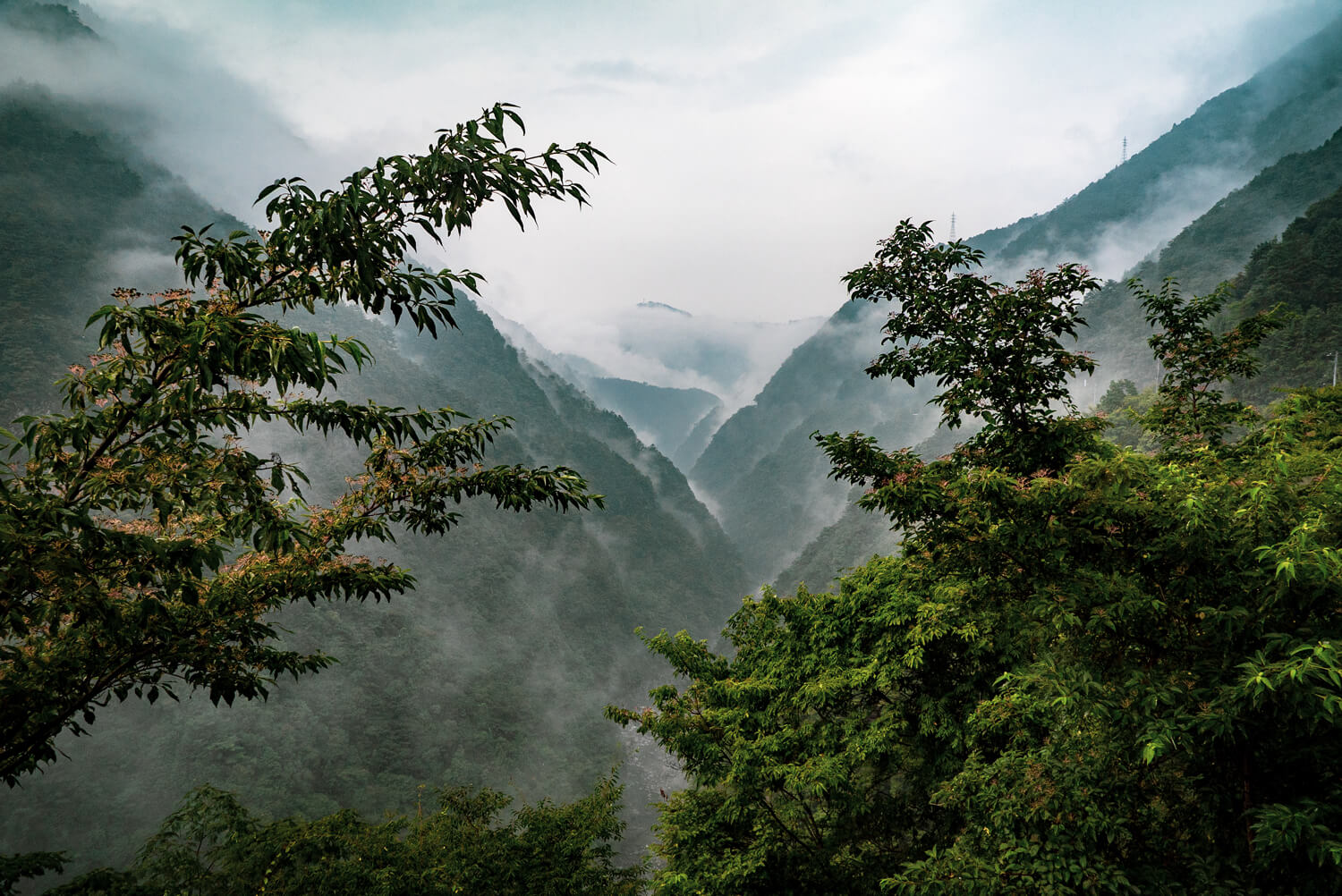
© Clémence Leleu
TRENDING
-
The Tattoos that Marked the Criminals of the Edo Period
Traditional tattoos were strong signifiers; murderers had head tattoos, while theft might result in an arm tattoo.

-
Paris, Tokyo: Robert Compagnon
With his co-chef and talented wife, Jessica Yang, Robert Compagnon opened one of the top new restaurants in Paris: Le Rigmarole.
 3:31
3:31 -
Chiharu Shiota, Red Threads of the Soul
Last year, more than 660,000 people visited the retrospective 'Chiharu Shiota: The Soul Trembles' exhibit at the Mori Art Museum.

-
‘Before Doubting Others, Doubt Yourself. Who Can Truly Say a Dish Isn’t What It Used to Be?’
In ‘A Non-Conformist’s Guide to Surviving Society’, author Satoshi Ogawa shares his strategies for navigating everyday life.

-
The Story of Sada Yacco, the Geisha who Bewitched Europe
Described by Dazed magazine as the first beauty influencer, she has been restored to her former glory since 2019.





